According to a 2023 study, Milwaukee has the highest utility costs in the US, averaging $538 per month. There, and in many other places, inflation has driven costs even higher. Here are 10 ways to reduce your utility bills.
10. Shop for Better Rates

In some states, energy markets have been deregulated. This allows consumers to shop for services from multiple suppliers and select the one with the lowest rates. Consumers don’t have to worry about quality, as it’s all the same. Find the company with the cheapest price and the best terms to suit your needs. There are online tools to help.
9. Update Your Thermostat
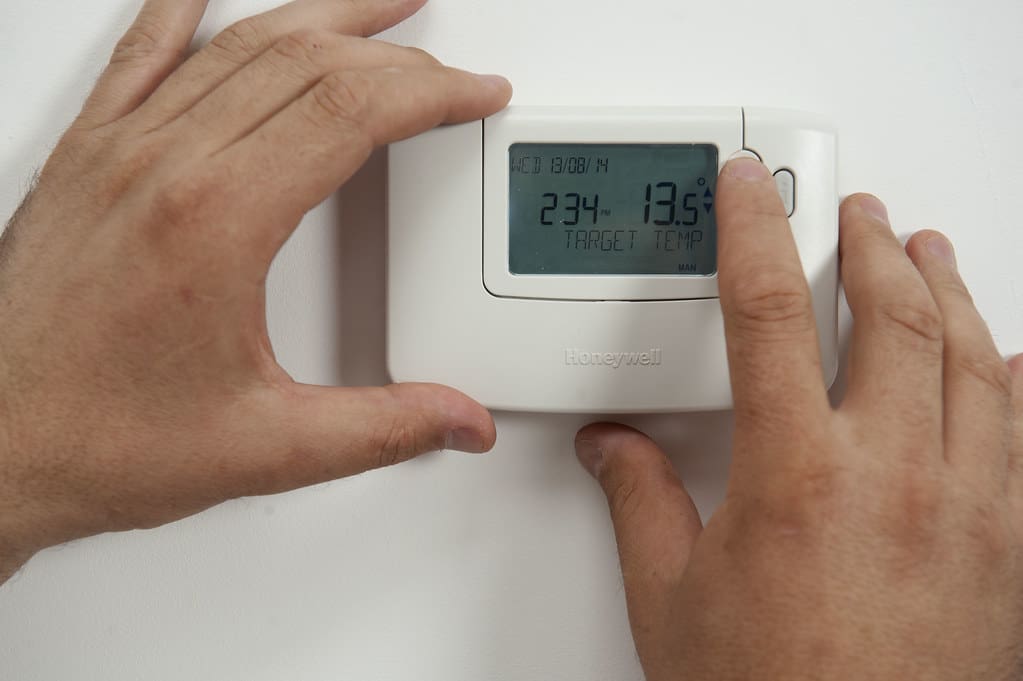
An outdated thermostat can lead to higher utility bills. Newer, programmable thermostats can change settings automatically as temperatures change. This prevents heating and cooling systems from running longer than necessary. Smart thermostats can improve energy consumption, which leads to more efficient operation, and eliminates costly temperature fluctuations that result in higher utility bills.
8. Take Advantage of State Programs

Many utility companies offer free energy efficiency programs, audits, and other incentives for customers. There are rebates for installing energy-efficient equipment, or you may qualify for help through the Weatherization Assistance Program (WAP). The Community Solar Program can save 15% monthly on energy costs. Those needing help with energy bills may qualify for the Low-Income Home Energy Assistance Program (LIHEAP).
7. Take Advantage of Low-Demand Periods
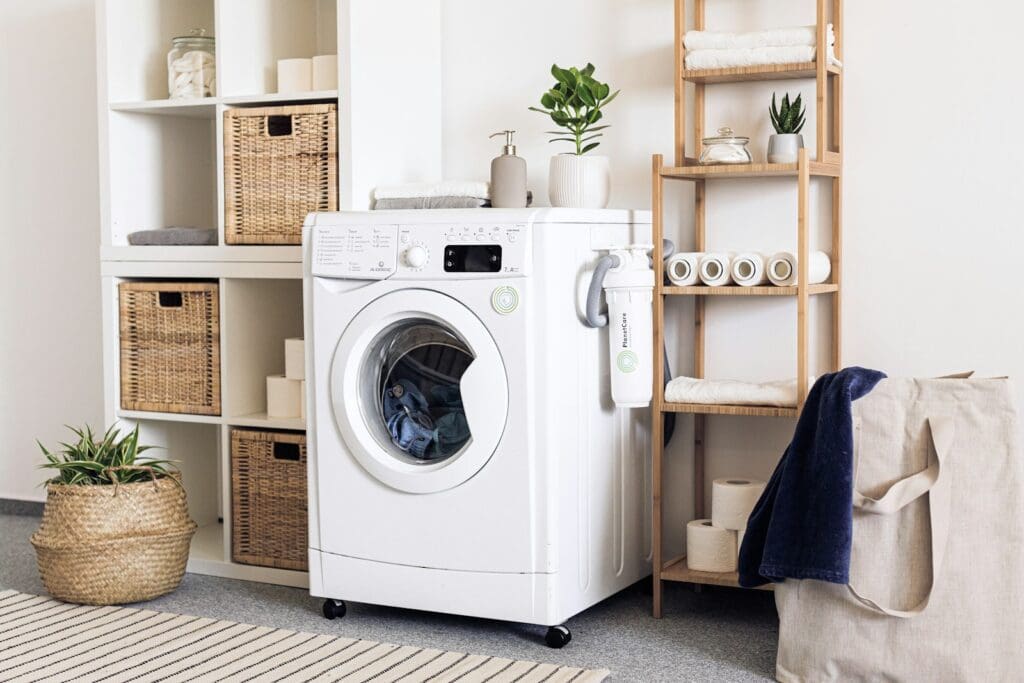
Rates on power usage are on a sliding scale that fluctuates depending on demand. Rates go higher in the early evening as people return from work and start using more power. Later in the evening, as people go to bed, electricity rates fall. During this low-demand period, this is the perfect time to operate/schedule your dishwasher, washing machine, or dryer.
6. Keep Your Air Conditioner, Docks, and Vents Clean
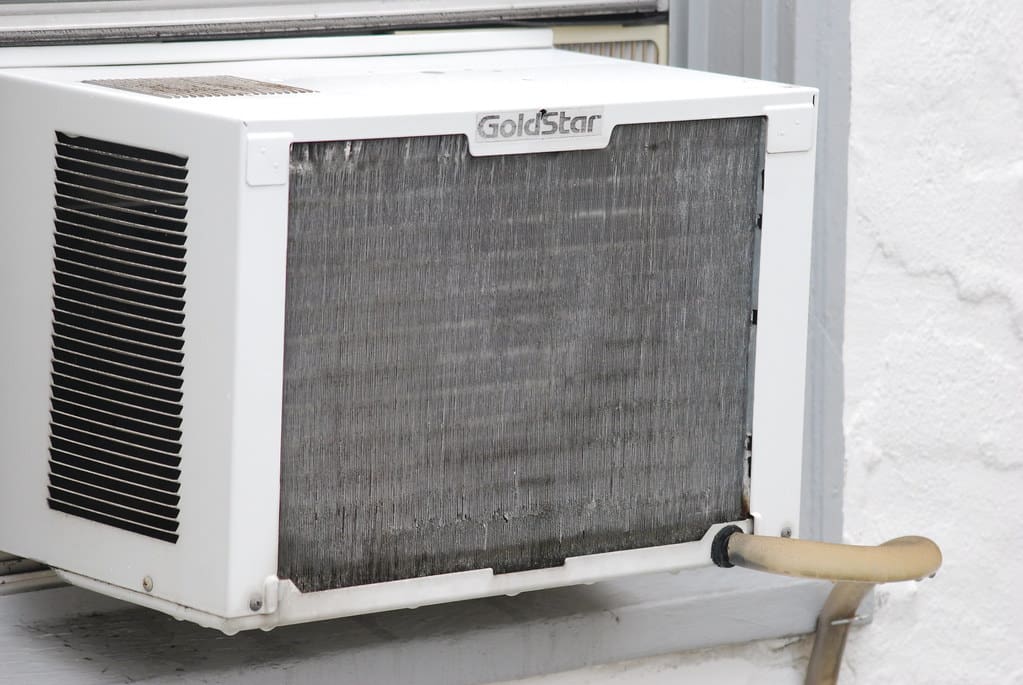
An air conditioner that is clogged with dust and debris will work harder than it needs to. Make sure to clean your filter every three months. Get your system serviced at least once per year, which can reduce its energy consumption by as much as 15%. Keeping your air ducts and vents clean will make your HVAC perform more efficiently.
5. Switch to Energy-Saving Appliances
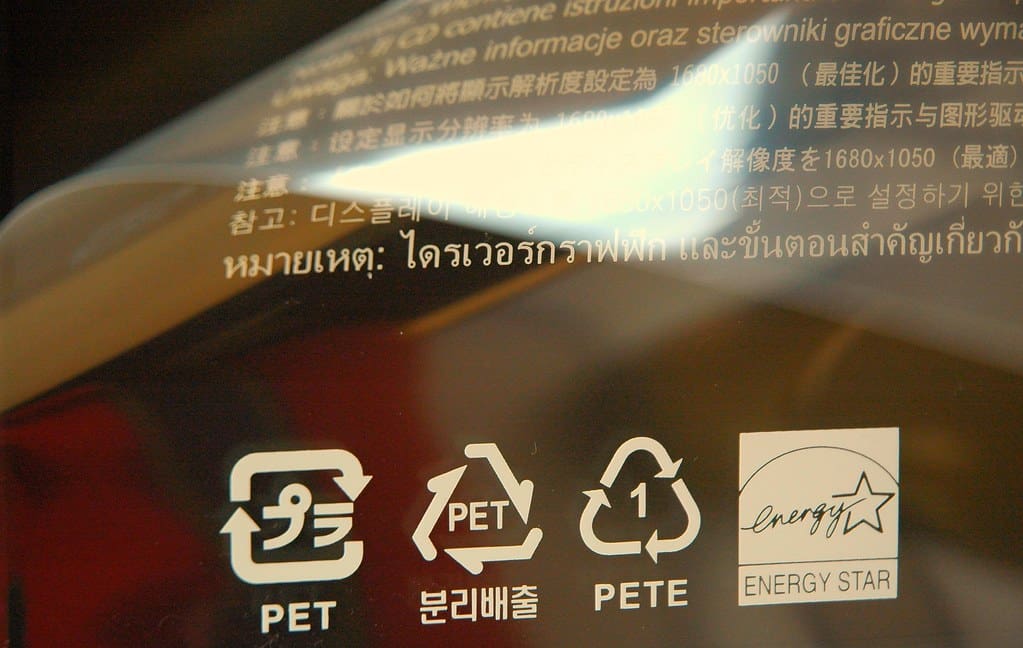
Most modern appliances come with built-in energy-saving features. The federal government requires most new appliances to display the bright yellow and black EnergyGuide label. Also, look for the blue-and-white ENERGY STAR label. Such appliances use significantly less electricity than their older counterparts. Some utility companies (water, gas, power) offer rebates and incentives for updating your appliances.
4. Close Blinds and Draw Curtains

The simple act of closing your drapes or blinds on your South-facing windows can help block the sun and prevent it from heating your house up further. Or, install a reflective window film, which will reflect sunlight back and keep rooms cooler. Install insulated drapes to help keep your home warmer in the winter.
3. Use Fans to Cool Yourself and Your Home
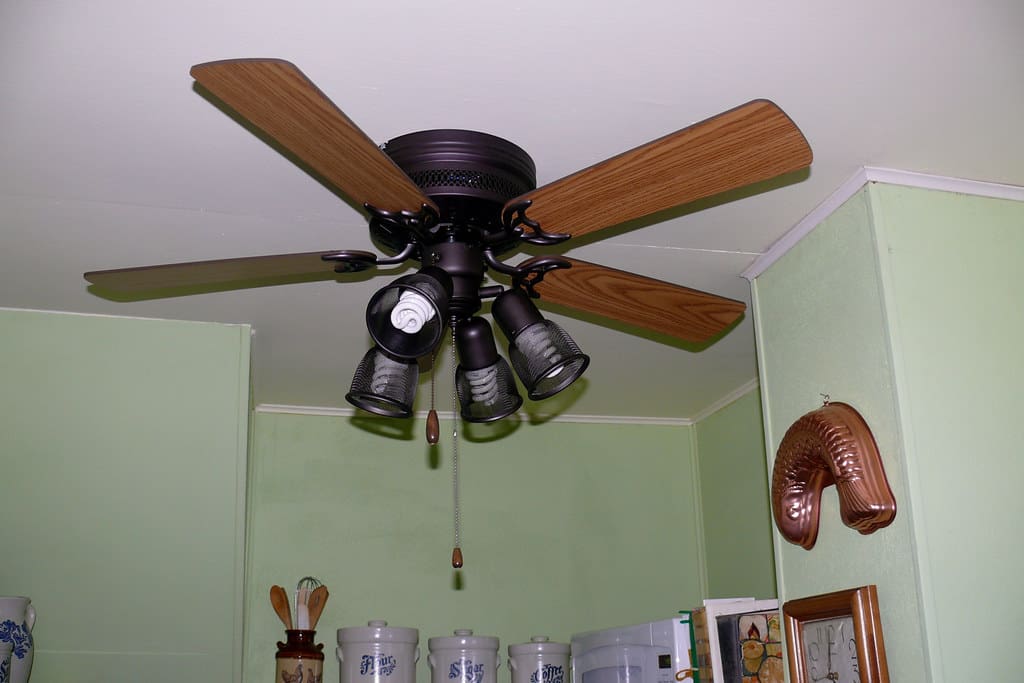
The use of fans, ceiling or floor, allows you to set your thermostat up by 4 degrees and remain comfortable while reducing your energy usage. Another technique: Place a pair of fans on window ledges on opposite sides of a room to create a cross-ventilation effect. One fan will blow hot air out while the other pulls cool air in.
2. Turn Your Water Heater Temperature Down
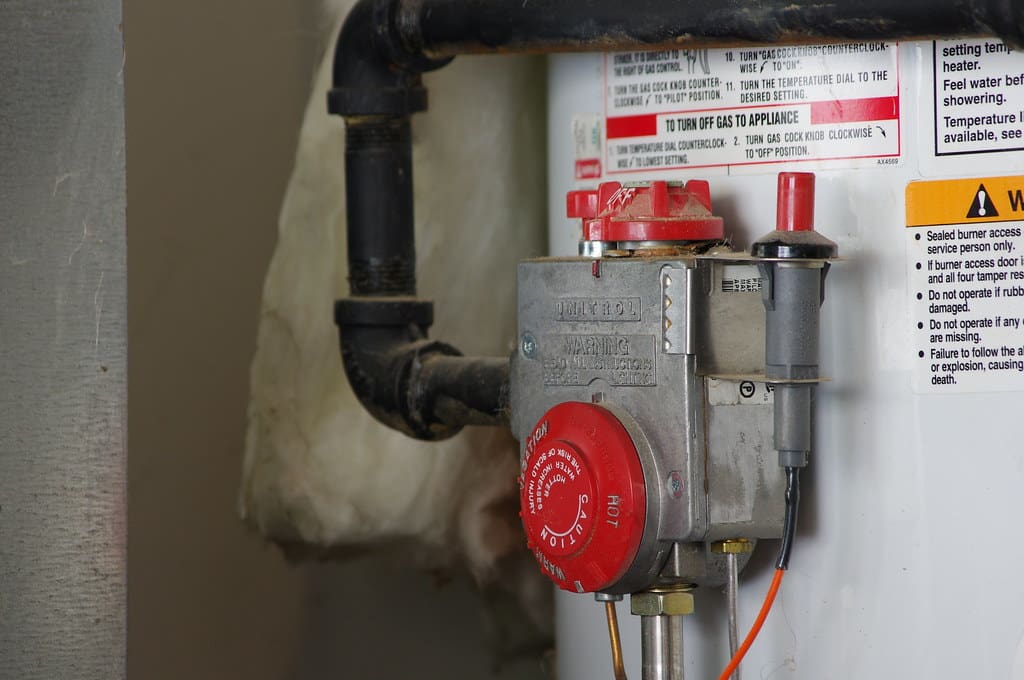
According to energy.gov, about 18% of your home’s energy use comes from your water heater. It’s the second-largest energy expense in any home. The heater works to keep water hot constantly, even when you aren’t there or aren’t using hot water. Turning your water heater’s temperature down will reduce your energy consumption and save you money.
Read More: 5 Reasons You’ll Regret Buying a ‘Smart’ Appliance
1. Switch to Energy-Efficient Lighting
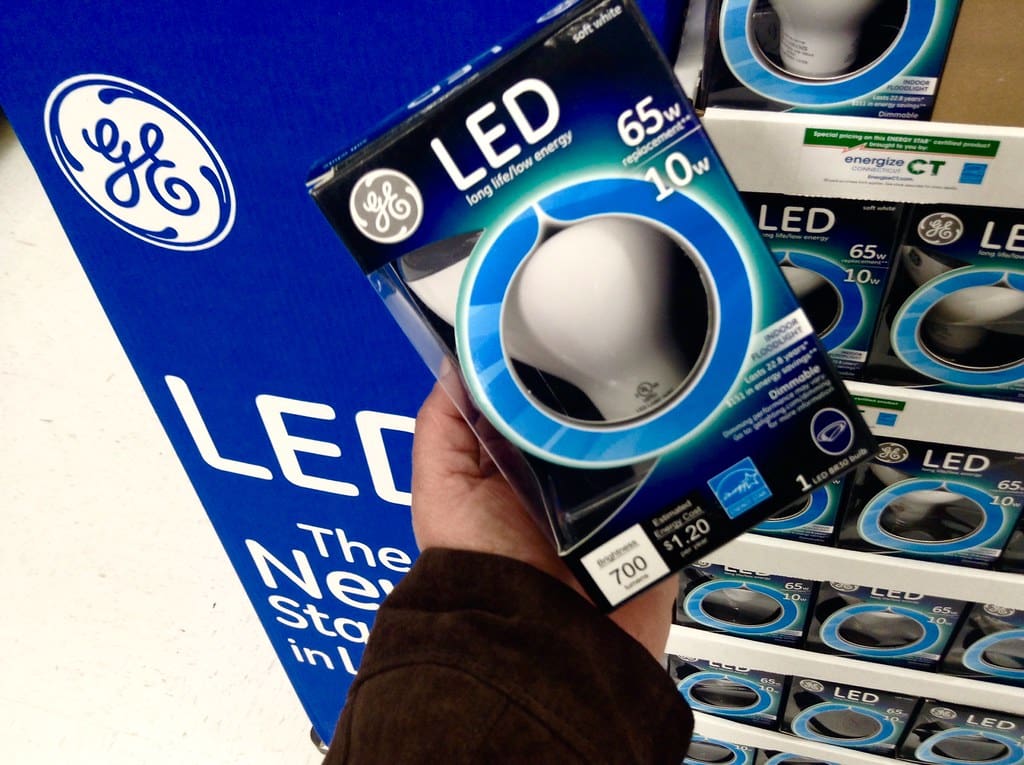
The average incandescent lightbulb uses 60 watts of electricity. LED light bulbs use about 10 watts on average. LED light bulbs last nearly 25% longer. Switching out all of your lightbulbs for LED saves you a lot of energy. While LEDs are more expensive ($5-7 each) than an incandescent bulb ($2-3 each), they save money over time.
Read More: 15 Ways to Lower Your Utility Bills








